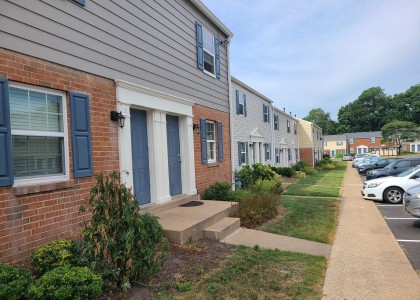Existing homes hold great potential for saving energy and reducing carbon emissions. To realize that potential, the United States must dramatically increase the adoption of deep retrofits (which produce energy savings of 40% or more). This study explored several strategies that can make deep retrofits more manageable and appealing to consumers. We analyzed deep retrofits coupled with electrification of space and water heating (with heat pumps) in common types of homes in the five major U.S. climate regions. We analyzed three retrofit scenarios (a one-time comprehensive retrofit and two staged retrofits) to compare project costs and energy, carbon, and bill savings over time. We also evaluated alternate measures that may reduce project costs and improve consumer appeal. Deep retrofit projects are expensive; we conducted a financial analysis to determine the level of upfront investment or incentives required to keep monthly payments manageable for most households. We find that staged retrofit options and expanded measure packages can increase program flexibility to better meet consumer needs and interests without sacrificing energy savings. These approaches—coupled with strong federal and efficiency program incentives—can also make the cost of decarbonization more manageable. Promising program designs and financing options are emerging to support these approaches.
Download the Report
| Suggested Citation |
|
Amann, J., R. Srivastava, and N. Henner. 2021. Pathways to Residential Deep Energy Reductions and Decarbonization. Washington, DC: American Council for an Energy-Efficient Economy. |





